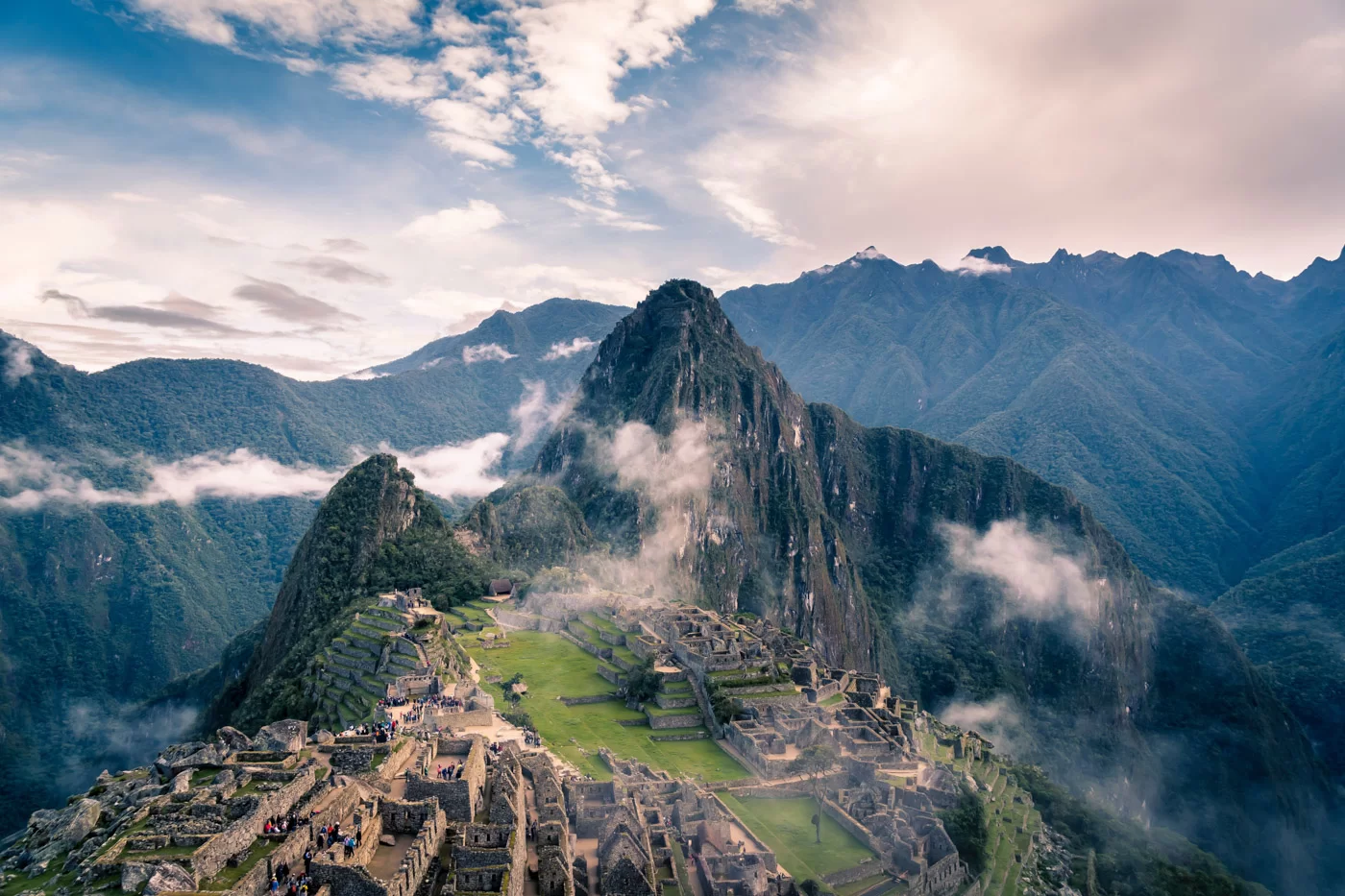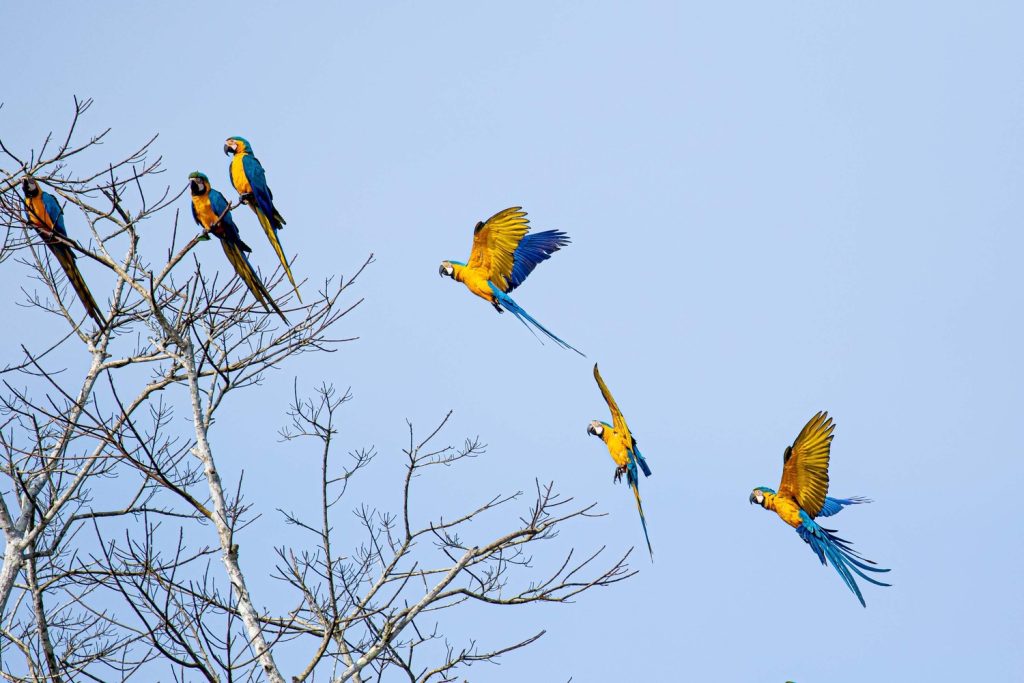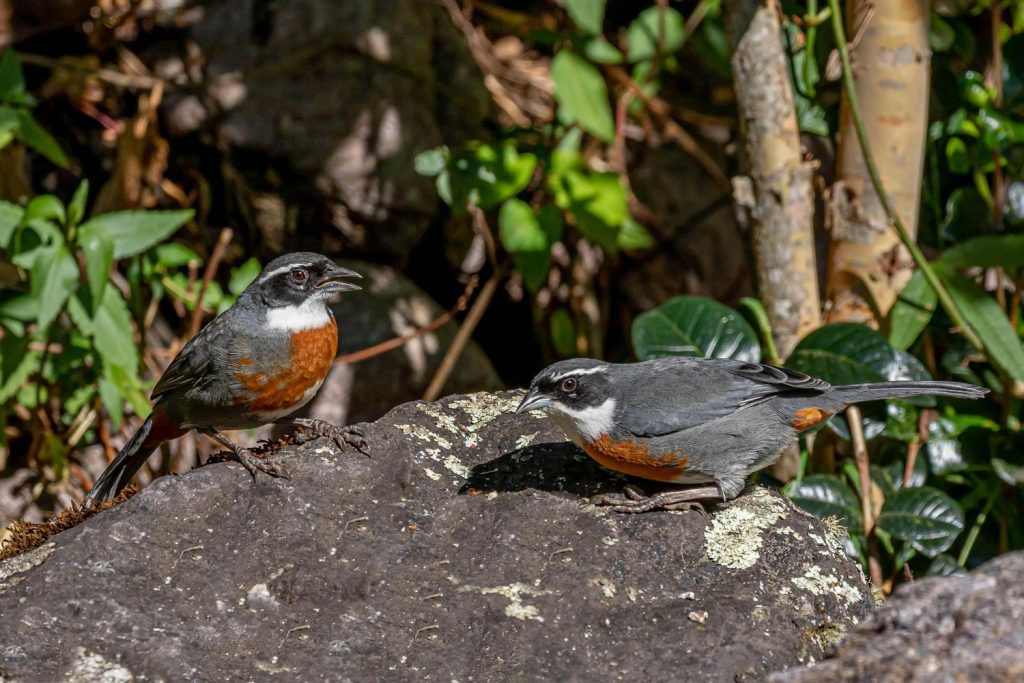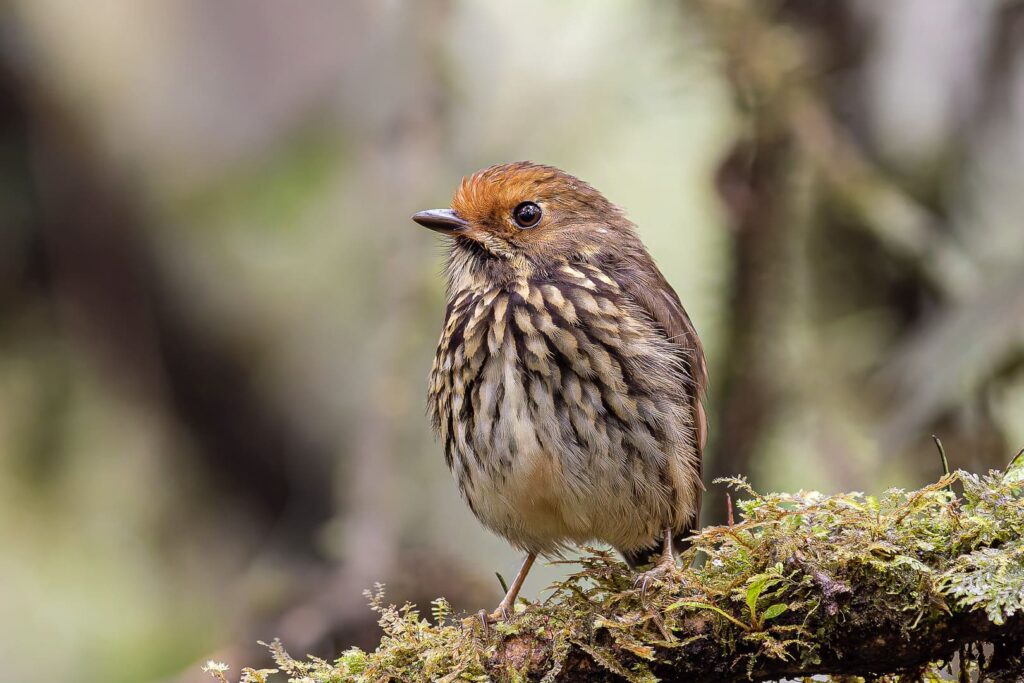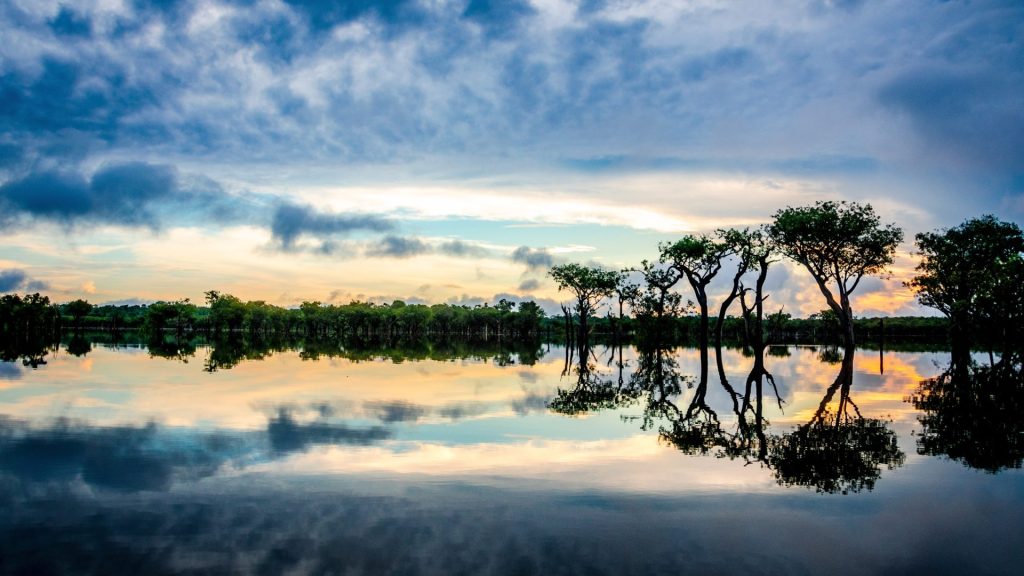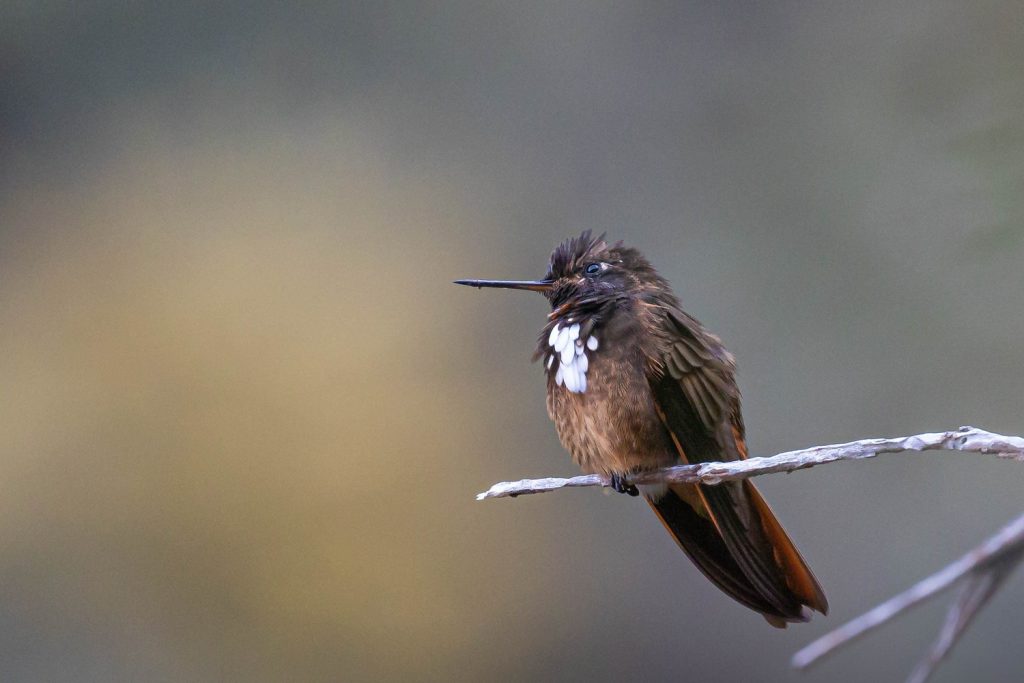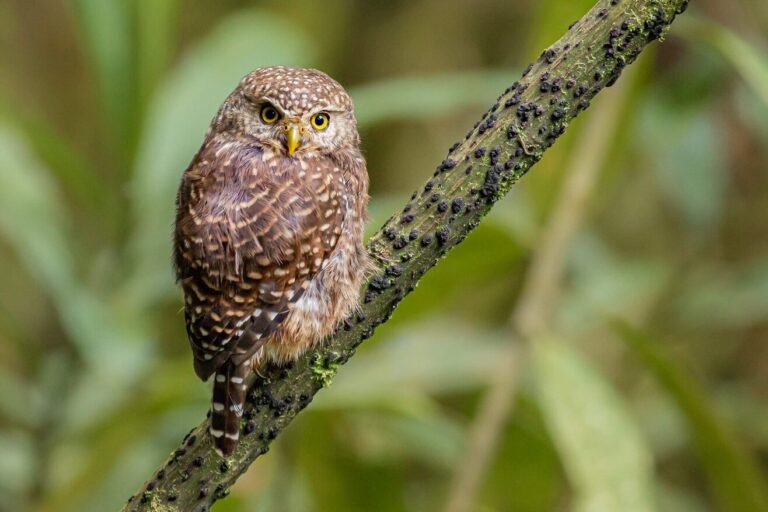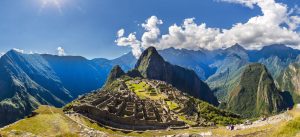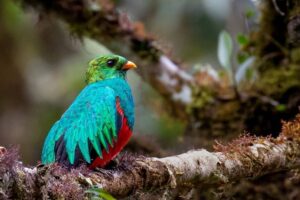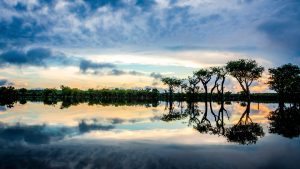BIRDING AND CULTURE IN MACHUPICCHU AND MANU ROAD
- From
- USD 2299
- Trip Type
- Activities
- Trip Duration
- Group Size
- Habitats Covered
The price listed above is based on a minimum of 4 people in double occupancy. If you have any questions please refer to FAQ of send us a message.
- Trip Outline
- Itinerary
- Trip Includes
- Gallery
- FAQ
Trip Outline
Experience the best of Peruvian culture and nature in just 11 days with our favorite, affordable and accessible tour. Explore remote areas with exceptional birding opportunities, discover important archaeological sites, and marvel at impressive Inca monuments like the world-renowned Machupicchu. And that’s not all – our tour also takes you to the incredible Manu National Park, which boasts the highest biodiversity on the planet!
Embark on a journey through the Neotropical Andes and discover the best of Cusco, Sacred Valley of the Inkas, Condors, high-endemic species, Manu National Park, and Abra Málaga. Witness hundreds of years of history and visit some of the finest birding locations in the country.
Stay in comfortable lodges in Manu National Park that offer private toilets, charging outlets for your devices, and beautiful gardens filled with flowers and feeders for wildlife. You can choose to have your meals at the lodges or out in the field for more time to focus on birding.
Don’t miss out on the opportunity to visit Machupicchu, one of the 7 New World Wonders, and Manu National Park, a true gem of biodiversity. This tour offers an exceptional blend of culture and nature, and promises to be a once-in-a-lifetime experience for birding enthusiasts and nature lovers alike.
Itinerary
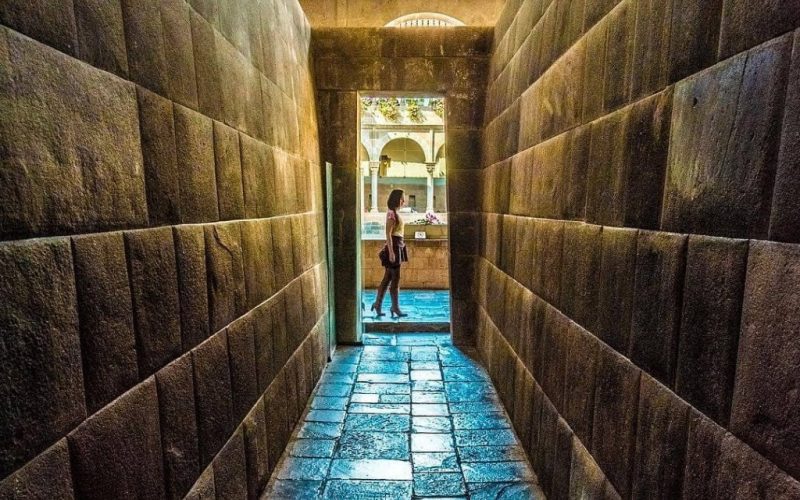
In - Cusco City
Arriving to Cusco and transport to the Hotel. Due to the elevation it´s wise to take it easy and acclimatation. After lunch, we will visit the Ancient capital of the Inka. We will get into two of the best sites here, Temple of the Sun “Qoricancha” and “Saqsaywaman” right out of the town, not as famous as Machupicchu, this place is a true gem among archeological sites, constructed in megalithic style is a great site to appreciate the skills of the pre-hispanic cultures in the New World.
At mid-afternoon we will head to Tambomachay where Peruvian & Mourning Sierra-finch; Andean Flicker, Giant Hummingbird are present. Additionally we may find two endemics Creamy-crested Spinetail and Chestnut-breasted Mountain-finch.
Night in Cusco.
Sacred Valley of the Incas.
After breakfast we will leave Cusco to Urubamba Valley, one of the most important tributary of the Amazon. The places are stunning here, Pisaq is an exquisite Inka construction, a dramatic terraced slope of ancient ruins which shows the skills of the inca engineers. The possibilities here are: Bearded Montaneer(E) and Rusty-Fronted Canastero(E). The open views rewards with Mountain Caracara, Black-chested Buzzard-eagle, Black-Backed Grossbeak, Golden-Billed Saltator.
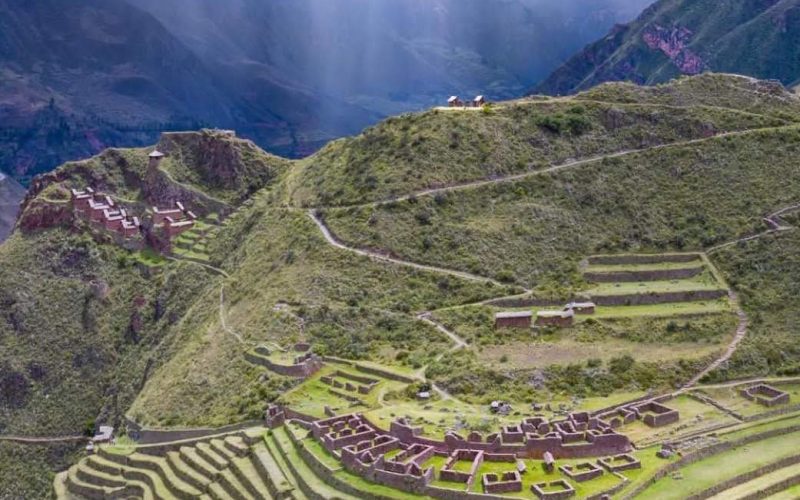
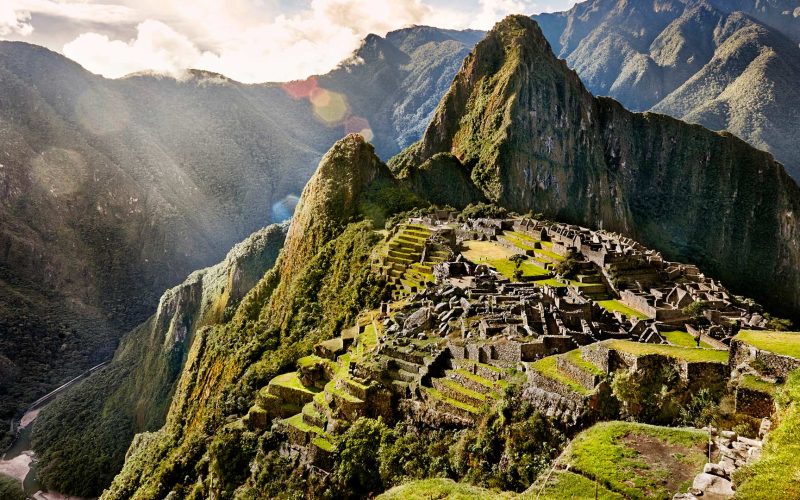
Machupicchu full day.
Lower, warmer and more humid than Cusco, right in the place where the Andes meets the Amazon Rainforest, Machupicchu is high in diversity of flora and fauna. The train will take us to Aguas calientes /Machupicchu train station. Short birding around the town and after the lunch we will take a 20 minutes bus ride to finally visit one of the most famous 7 New World Wonders. More than 200 structures constructed covering more than 30 hectares over peaks and slopes makes of Machupicchu a dramatic experience. You will hardly find another place where exhuberant nature meets such a refined architecture.
We will take a beautiful train ride where Torrent Duck and White-capped Dipper are often seen by the river. If time permits, we may have extra time for birding around Aguas Calientes where Highland Motmot, Green-and-white Hummingbird (E), Black-capped Tyrannulet, Bolivian tyrannulet, Sclaters tyrannulet, Variable Antshrike, Andean solitaire, Black-streaked Puffbird are possibilities.
Birding possibilities at the sanctuary include Inca Wren(E), White-tipped Swift, Ocellated Piculet and Tricolored Brush-finch among others.
Once again we will take the train to takes us back to Sacred Valley.
Night in the Sacred Valley.
Abra Málaga.
Once considered by Zimmer "The finest field birder / ornithologist that the world had ever seen", Ted Parker, showed a high preference for this site that shows a wide gradient habitat where the birds are rare elsewhere. Early morning, after 2 hours of car ride, we will start birding in the east slope of the cordillera covering Puna, Elfin and Cloud forest searching speciallities such as Marcapata Spinetail(Endemic), Urubamba Antpitta (E), Red-and-White Antpitta (E), Parodi´s Hemispingus (E), Unstreaked Tit-tyrant(E), Inca Wren (E), Taczanowski´s Tinamou, Diademed Tapaculo, Gray-breasted Mountain-Toucan, Amethist-throated Sunangel, Scaled Metaltail, Black capped Hemispingus, Scarlet-Bellied Mountain-Tanager, Plushcap, Yellow-Billed Cacique, Among others. Lunch will be at the field and we will retourn to Ollantayatambo for the dinner.
Night in Ollantaytambo.
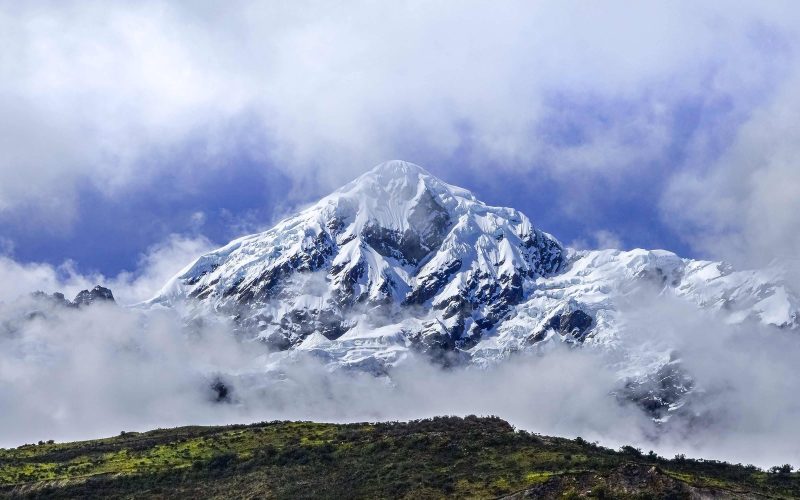
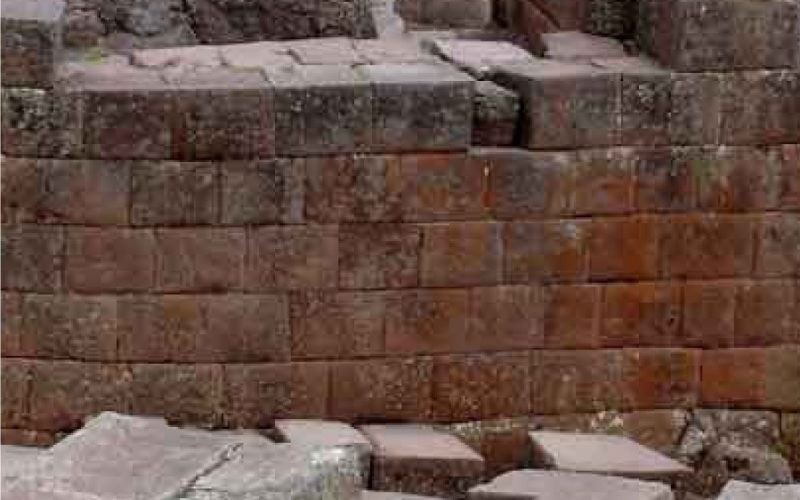
Maras - Moray and highland lakes
Urubamba River is one of the most important tributary of the Amazon and forms the Sacred Valley of the Inkas. The places are stunning here, the visito to the megalitic Inca construcction of Ollantaytambo which stands as a testament of military, agricultural en religious innovation for it´s time. It´s colossal stones showcases advanced technology where history unfolds against a backdrop of stunning views of the mountains. Later Moray, a pre hispanic experimental center shows the best of the engineering and architecture of the pre hispanic peruvians. We end the morning with an adittional visit to a unique salt mine in the Andes.
After lunch, we will visit the lakes in the highlands of Chinchero where Silvery Grebe, Puna Teal, Andean Goose, Short-billed Pipit etc. Additionally, several migrants spend boreal winter here such as: Pectoral Sandpiper, Wilson´s Phalarope, Baird´s Sanpiper, Upland Sanpiper, etc .
Night in Mollepata.
Apurimac Endemics
9 endemics are our target here, due to the particular conditions of the area, most of the birds are of special interest such as: Rusty-fronted Canastero(Endemic), White-tufted Sunbeam (E), Vilcabamba Tapaculo (E), Creamy-crested Spinetail (E), Apurimac Spinetail(E), Chestnut-breasted Mountain-finch (E), Apurimac Brush-finch (E), Green-and-white Hummingbird(E), Mountain Velvet-breast, Crimson-mantled Woodpecker, Tawny-rumped Tyrannulet, Tit-like Dacnis among others. Condors are always a good possibility here. After lunch we will explore the area of Limatambo where we may find “Pale-tailed”Canastero, White-cheeked Puffbird, Koepke´s (Apurimac) Screech Owl(E) and eventually Peruvian Pygmy Owl can be found here.
Night in Cusco.

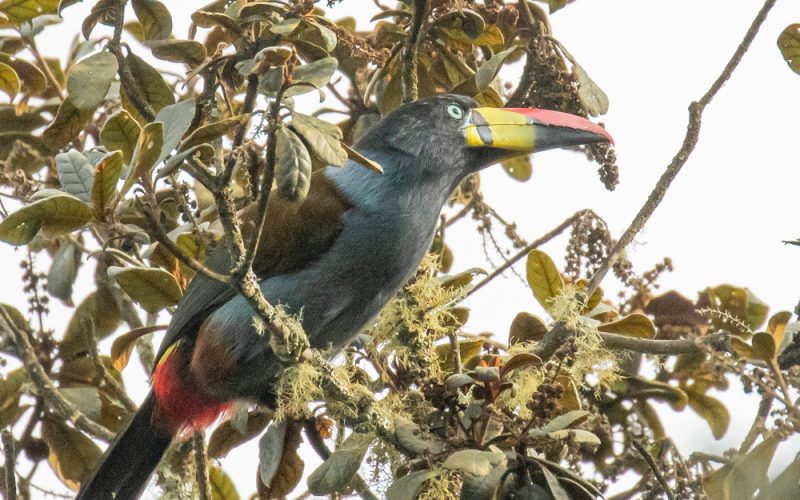
Cuzco - Wayquecha lodge.
The journey starts early morning in Cuzco. After breakfast we leave Cusco in search of the wetland of Huacarpay, designated by UNESCO as a RAMSAR site. The place is suitable for a variety of water fowl, hummingbirds, few endemics and the largest hummer in the world. Puna Tinamou, Yellow Billed Pintail, Puna Teal, Andean Lapwing, Plumbeous Rail, White-tufted Greebe, Puna Ibis, Rusty fronted Canastero (E), Giant Hummingbird, Many-colored Rush-tyrant, Andean Flicker, etc. In adittion Huacarpay receives austral and boreal several migratory birds thorughtout.
The Road later takes us through a spectacular and unique pristine hábitat. The elfin forest is the entrance to the Manu National Park at the top of the cloud forest in the west slope of the Andes. Among the specialities awaiting we can find: Solitary Eagle, Mountain Caracara, Variable Hawk, Creamy-crested Spinetail(E), Grass green Tanager, Golden-collared Tanager, Scribble-Tailed Canastero, Red-and-white Antpitta (E), Urubamba Antpitta (E), Marcapata Spinetail (E)Taczanowski´s Tinamou, Puna Tapaculo, Moustached Flowerpiercer, Black faced Brushfinch. among several more, are regularly seen in the Area.
Night in Wayquecha Lodge.
Manu Road - San Pedro.
Wayquecha is located in the Elfin forest. Chilly and humid, the place is always “on” clouds. Very little is known about this delicate habitat. At 3,000 meters elevation, the place is known, not only for the birds, but several sp. of orchids are found here too. The garden regular visitors are Long-tailed Sylph, Scaled and Tyrian Metaltail, Shinning Sunbeam, “Cuzco”Starfrontlet (Split from Violet-fronted Starfrontlet). The bird life here includes Hooded Tinamou, Stripe-faced Woodquail, Semi-Collared Hawk, Black-and-chestnut Eagle, Sword-Billed Hummingbird, Masked Trogon, Crimson Mantled Woodpecker, Puna thistletail, Band-tailed Fruiteater, Swallow-tailed Nightjar, Rufous-backed Treehunter, Red and White Antpitta (E), White-throated Antpitta, Trilling Tapaculo, White-throated and White-banded Tyrannulet. Additionally Inca(E), Handsome and Ochraceous-breasted Flycatcher, We may also find Black-throated Tody-tyrant, Ochre-faced Tody-flycatcher, Golden-headed Quetzal, White-collared Jay, Fulvous Wren, Masked Flowrepiercer, Hooded Mountain-tanager, Scarlet-bellied Mountain-tanager, Three-striped Hemispingus, Golden-Collared Tanager, Pale-legged Warbler, Black-faced Brush-Finch, Dusky-green Oropendola, Mountain Cacique, etc. This area is home for Spectacled Bear and Culpeo (Andean fox) as well.
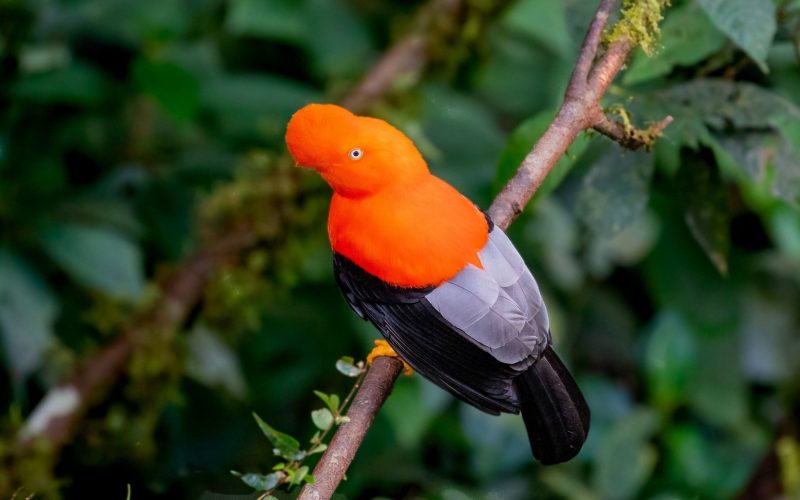
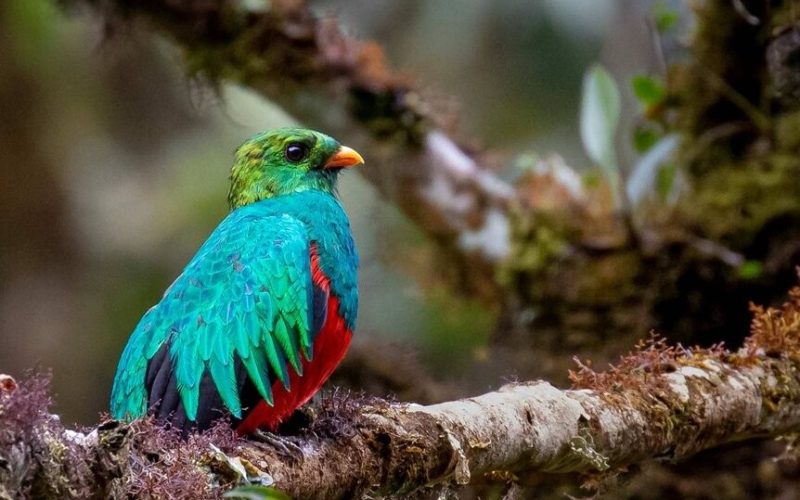
Manu Road
San Pedro is located at 1500 meters elevation, lower, warmer and more confortable than Wayquecha, this is the Cloud Forest itself. This place is particularly special for it´s Cock of the Rock Lek, a wonderful show where groups of bright and colorful males gather here to display attracting dull females. There is a plattaform conveniently placed at the Lek to enjoy it. Other wildlife speciallities here are: Brown Tinamou, Rufous-breasted Woodquail, White Hawk, , Rufescent-Screech-Owl, Military Macaw, Blue-headed Macaw, Great Potoo, Buff-thighed Puffleg, Rufous-booted Raquet-tail, Peruvian Piedtail (E), Violent-fronted Brilliant, Speckled Hummingbird, Blue-banded Toucanet, Highland Motmot, Lanceolated Monklet, Rufous-capped Nunlet, Blue-moustached Barbet, Yellow-billed Nunbird, Chestnut-backed Antshrike, White-backed Fire-eye, Stripe-chested Antwren, Yellow-breasted Warbling-antbird, Blackish Antbird, White crowned Tapaculo, Marroon-belted Chat-tyrant, Black-backed Tody-flycatcher (E), Ornate Flycacher, Fulvous-breasted Flatbill, Cinnamon-faced Tyrannulet. Among a large list of multi-colored Tanagers and others. In addition, Inti Tanager, new for science have been reported and photographed here. The restricted Wooly Monkey lives here as well as the Brown Capuchin Monkeys.
San Pedro-Cusco
We will take the way back to Cusco trying to get the species we have missed and arriving to Cusco at mid afternoon with species such as Crested Quetzal, Mottle-backed Elaenia, Scale-crested Pygmy-tyrant, Yellow-rumped antwren, Yellow-breasted Warbling Antbird, Yungas Manakin, Cereulean-capped Manakin (E), Fiery-capped Manakin, Inca Jay, White-capped Dipper, Andean Solitaire, Olive Finch, Two-banded Warbler, Carmiol´s Tanager, Russet-backed Oropendola.
END OF SERVICES

Trip Includes
Includes
Does not include
FAQ
Frequently Asked Questions
What is the highest elevation?

